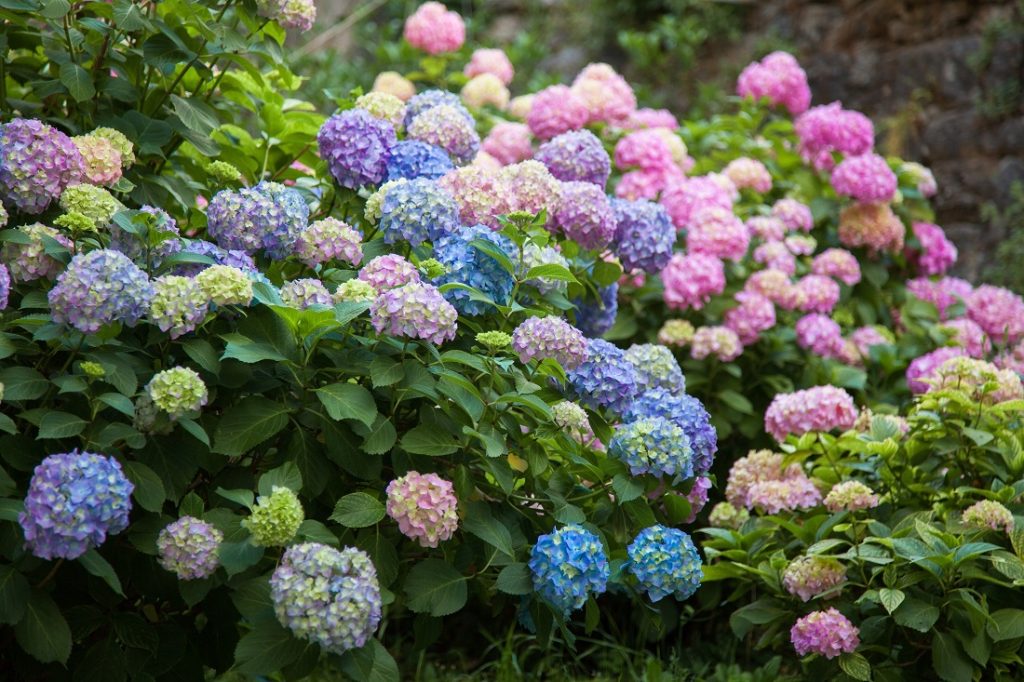Hydrangea Haven: A Guide to the Best Varieties for a Stunning Yard
Hydrangeas have long been considered an iconic element in landscape design. These beautiful blooms are the foundation of many stunning gardens and yards, and for good reason. Hydrangeas are not only gorgeous, with their big, showy flower heads in shades of pink, blue, white, and purple, but they’re also incredibly low maintenance. They thrive in a range of soil types and light conditions, and with proper care, they can bloom for months on end. Whether you’re looking to create a focal point in your yard or add some color and texture to your landscaping, hydrangeas are an excellent choice.
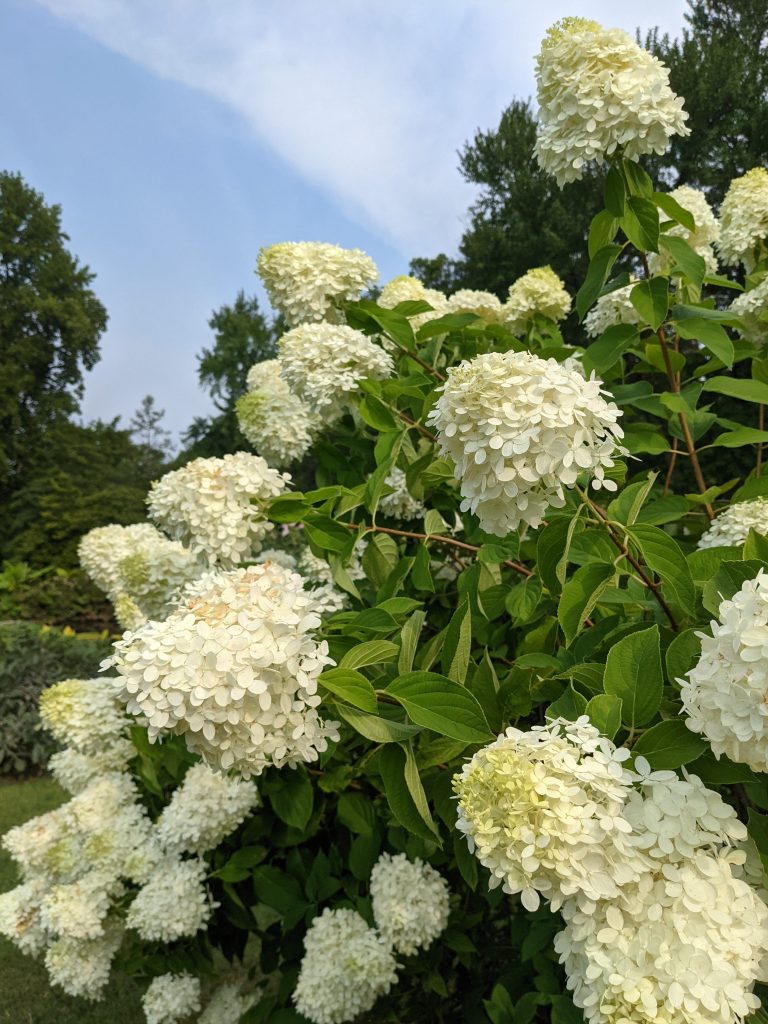
Here is a checklist of the different types of hydrangea plants you can choose from, along with their features and benefits. We turned to our plant partner Proven Winners for recommendations you can find at local plant nurseries or sourced from Quiet Village Landscaping on your next landscape project.
- Hardy hydrangea (Hydrangea paniculata): This type of hydrangea is known for its large, conical flower heads that bloom in shades of white, pink, and green. Hardy hydrangeas are also incredibly tough and can tolerate a range of conditions, from full sun to partial shade. They’re also resistant to pests and diseases, making them a low-maintenance choice for any yard.
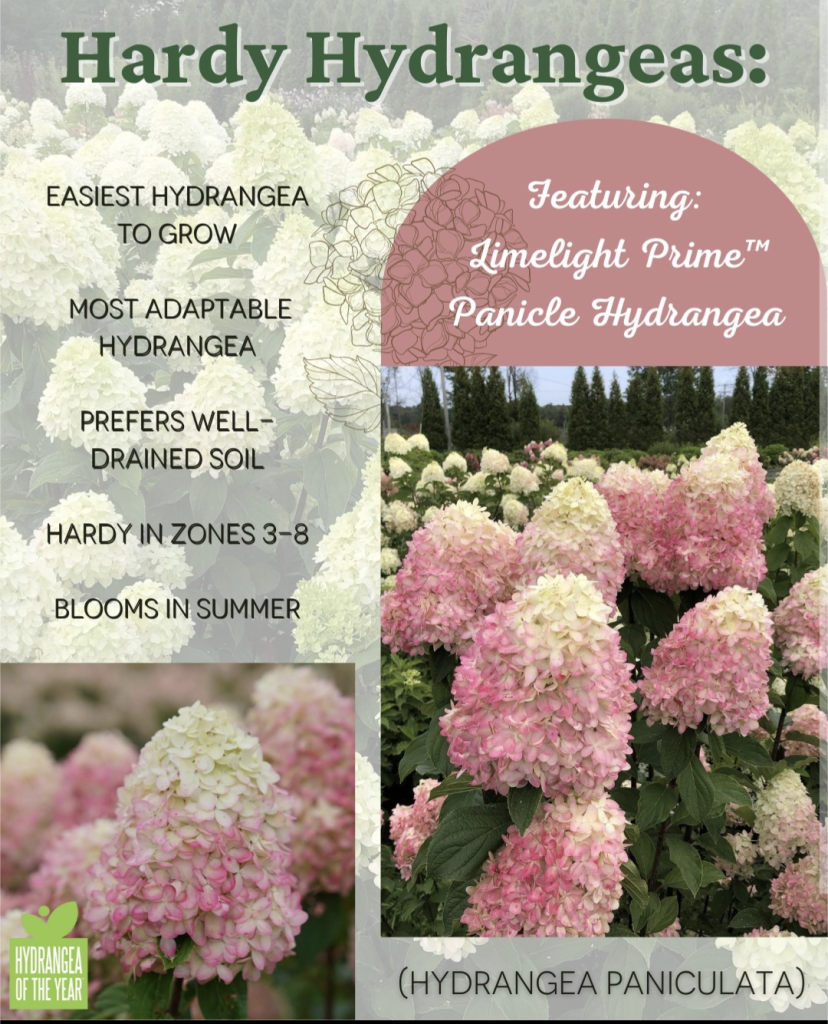
- Smooth hydrangea (Hydrangea arborescens): Smooth hydrangeas are another low-maintenance option for homeowners. They produce round, fluffy flower heads that bloom in shades of white and pink. Smooth hydrangeas can thrive in both full sun and partial shade, and they’re also drought-tolerant once established.
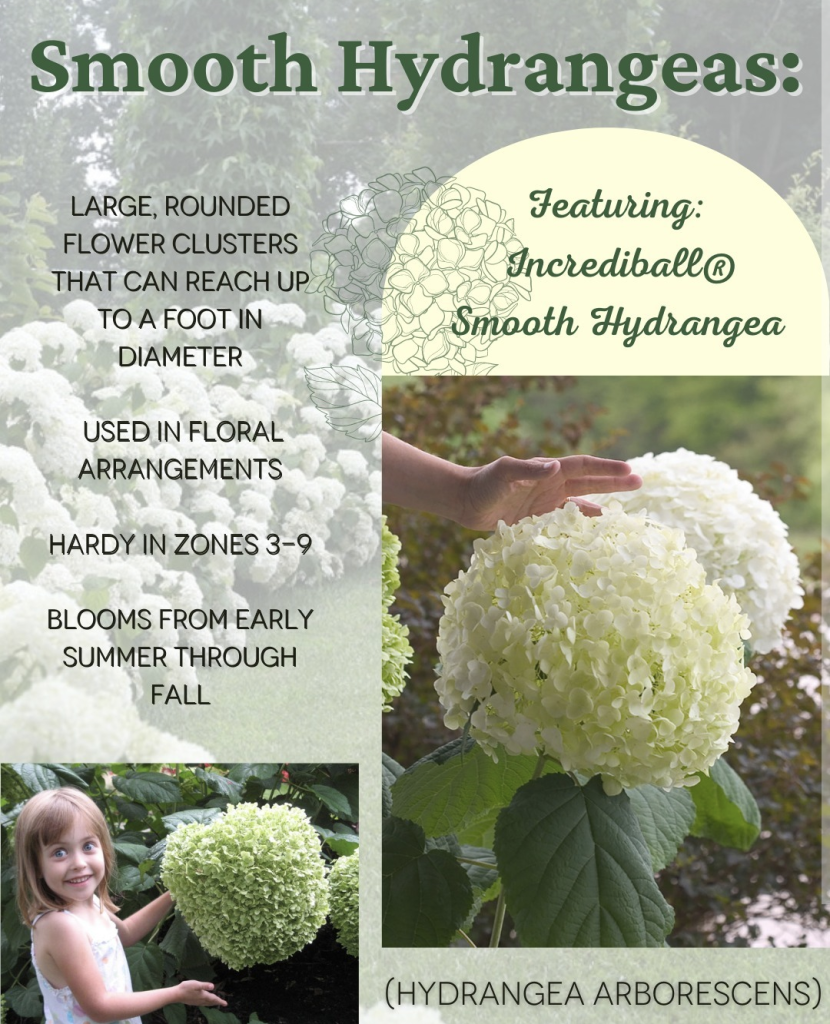
- Oakleaf hydrangea (Hydrangea quercifolia): This type of hydrangea gets its name from its leaves, which are shaped like oak leaves. Oakleaf hydrangeas produce cone-shaped flower heads in shades of white and pink, and their leaves turn a beautiful reddish-bronze color in the fall. They prefer partial shade and moist, well-drained soil.
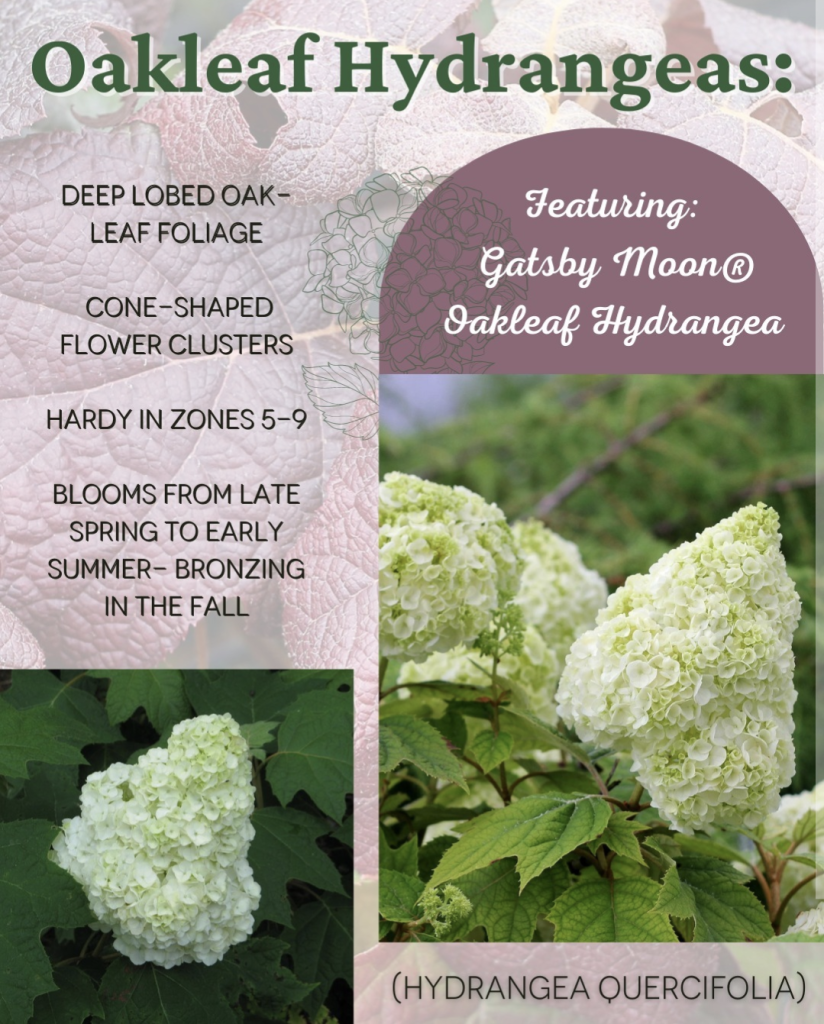
- Bigleaf hydrangea (Hydrangea macrophylla): Bigleaf hydrangeas are known for their large, mophead flowers in shades of blue, pink, and purple. They prefer partial shade and moist, well-drained soil. One thing to keep in mind with bigleaf hydrangeas is that their flower color can vary depending on the pH of the soil. If you want blue flowers, you’ll need to plant them in acidic soil. If you want pink flowers, plant them in alkaline soil.
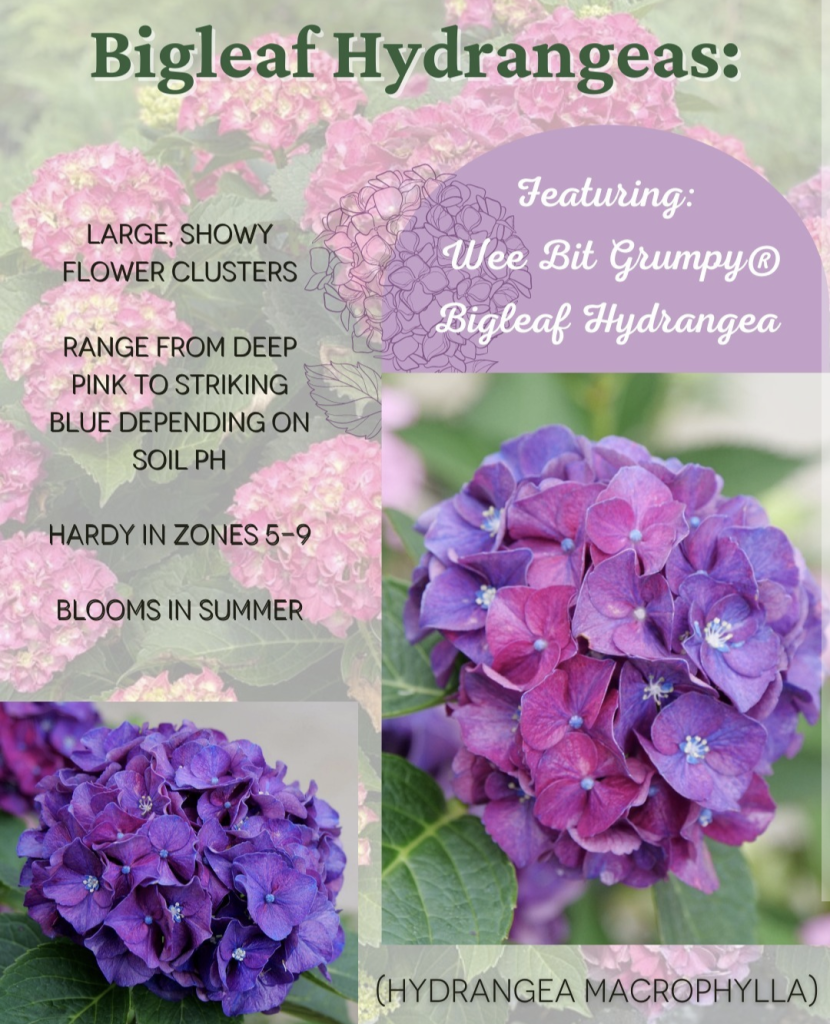
- Mountain hydrangea (Hydrangea serrata): Mountain hydrangeas are similar to bigleaf hydrangeas but are more cold-hardy. They produce smaller, “lacecap”-style flowers in shades of pink, blue, and purple. Mountain hydrangeas prefer partial shade and moist, well-drained soil.
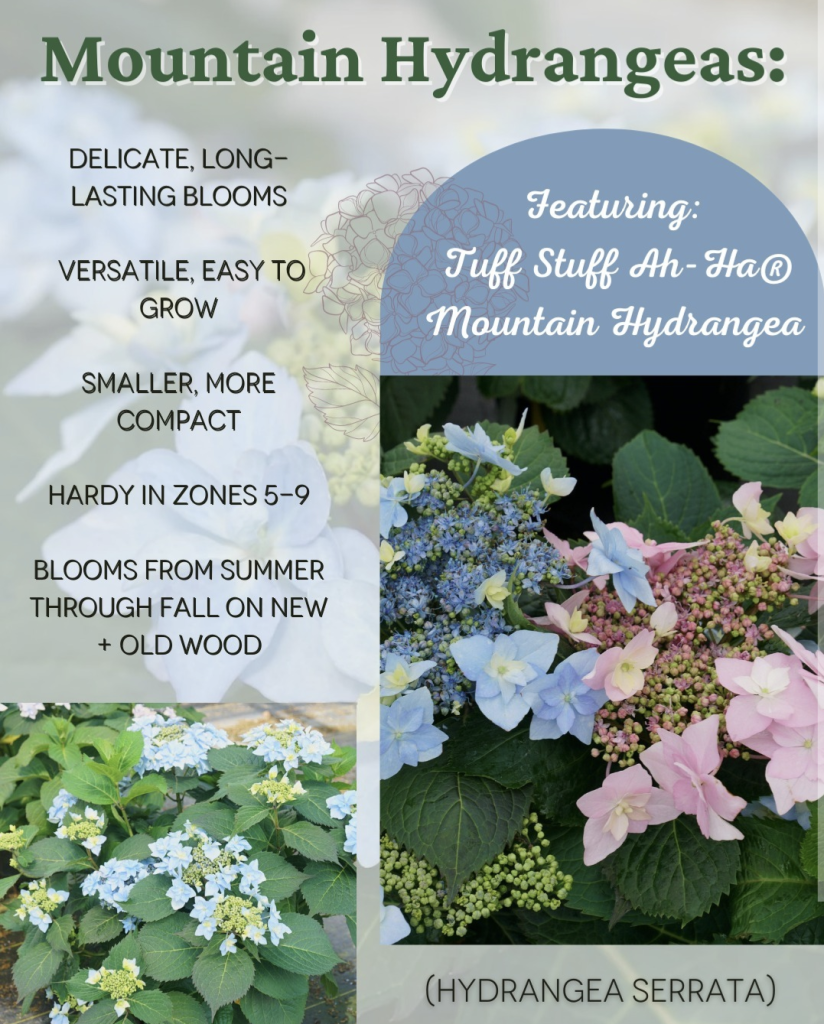
- Wild hydrangea (Hydrangea arborescens): Finally, if you’re looking to add native plants to your yard, consider planting Missouri’s native variety, Wild Hydrangea. Excellent pollen source compared to other varieties of hydrangeas, apparent by the flower structure. Wild hydrangea can tolerate sun exposure and deep shade, making it a very low maintenance and adaptable variety. Smooth hydrangeas (Hydrangea arborescens) and oakleaf hydrangeas (Hydrangea quercifolia) are both native to North America and provide habitat and food for local wildlife. Check out all the pollen in the photo below!
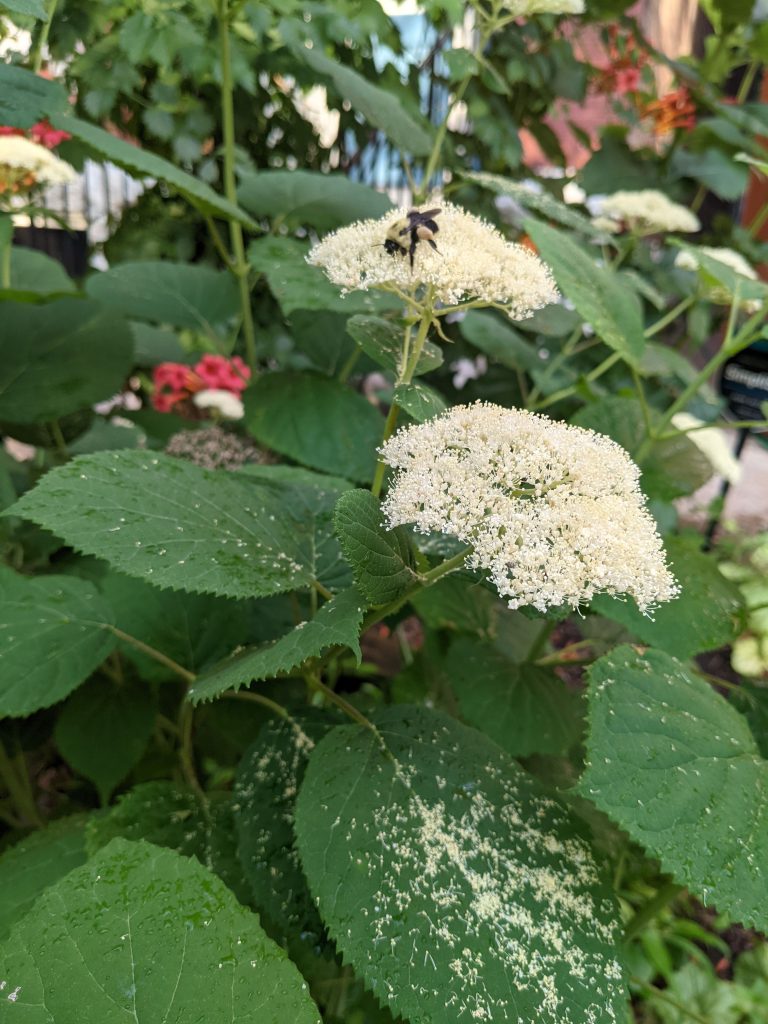
Whether you’re looking for low-maintenance options or stunning, show-stopping blooms, there’s a hydrangea plant out there for you. Consider your yard’s sun exposure, soil type, and desired maintenance level when selecting your hydrangeas, and you’ll be on your way to a gorgeous outdoor space in no time! Also consider mixing varieties so that your yard promotes biodiversity and natural resources for wildlife.
